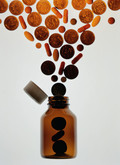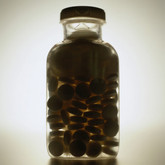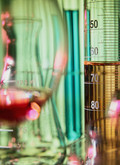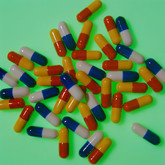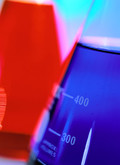Biosimilars
Biosimilar regulatory issues
In Europe, the regulatory frameworks for biosimilars are largely established, with both general guidelines and product specific guidelines put in place by the EMA, covering human insulin, somatropin, human growth hormone, erythropoietin, interferon-alpha, low molecular weight heparin and monoclonal antibody. The agency is also currently working on draft guidelines for a number of other product class specific guidelines, including interferon-beta and follicle stimulation hormone.
Biosimilars approved in Europe
Last update: 20 June 2025
In the European Union (EU), a legal framework for approving biosimilars was established in 2003. This framework means that biosimilars can only be approved centrally via the European Medicines Agency (EMA) and not nationally.
Development of biosimilars
Costs and risk reduction are facilitating product development of biosimilars [1].
EMA and FDA to collaborate on biosimilars
The EMA announced on 23 June 2011 that it had set up a new ‘cluster’ to collaborate with the FDA for the exchange of information on biosimilar drugs.
Current status of biosimilar development
Widespread therapeutic use of biological pharmaceutical products appears to be inevitable. Nevertheless, the law governing approval of biosimilar products in the US is still not in place. The size of the biologicals market and impending patent expiries, however, are making approval of a practical pathway for biosimilars more urgent.
Manufacturing of biosimilars
Manufacturing of biosimilars is more challenging than the traditional small molecule generics. Some of the reasons are:
- Investments (including operating costs) associated with manufacturing of biosimilars along with the risk of failure for biosimilars are significantly higher than that for small molecule generics. This results in a relatively smaller discount for biosimilars compared to small molecule generics.
- Minor changes in manufacturing process can cause significant changes in efficacy or immunogenicity.
- Biosimilars are larger and more complex molecules to manufacture.
Partnerships will drive biosimilar development
With biosimilars tipped to become a multibillion-dollar market in the coming years, everybody is jumping on the biosimilars bandwagon, and it seems it’s not just limited to pharmaceutical companies.
Does industry support biosimilar user fees in the US?
According to FDA, biopharmaceutical trade groups are supportive of its proposal for biosimilar user fees, with sponsors paying an up-front fee with their applications.
Challenges ahead for biosimilar development
Biosimilars, it seems are here to stay, but there is still some way to go before they become commonplace. There is also concern over the associated costs for biological medicines. The cost of biotech therapies is expected to steadily grow by about 30% (an approximately 20 fold increase in 10 years) by 2016.
Market opportunities for biosimilars
Although growth in annual spending on medicines is set to reduce, there is still a huge market out there and spending on biosimilars is expected to increase in the coming years.
